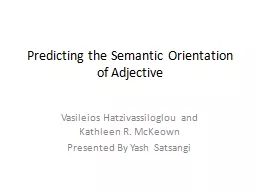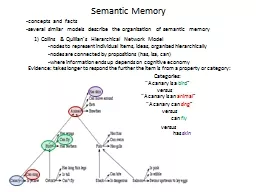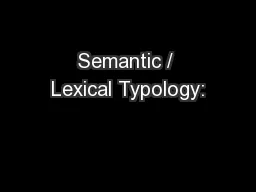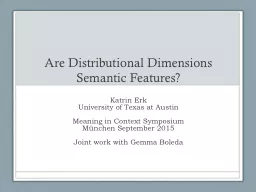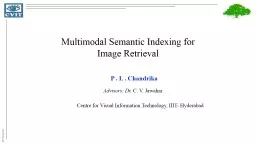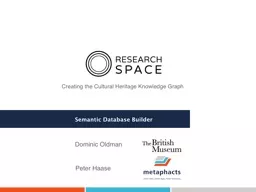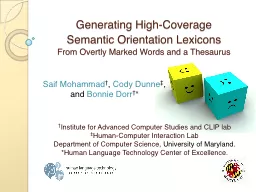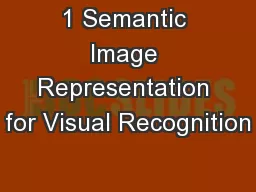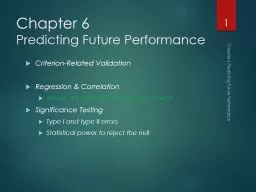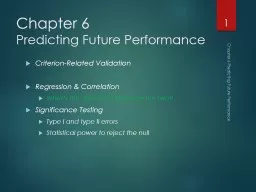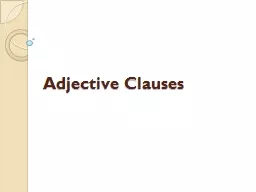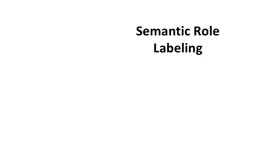PPT-Predicting the Semantic Orientation of Adjective
Author : kittie-lecroy | Published Date : 2016-06-21
Vasileios Hatzivassiloglou and Kathleen R McKeown Presented By Yash Satsangi Aim To validate that conjunction put constraints on conjoined adjectives and this information
Presentation Embed Code
Download Presentation
Download Presentation The PPT/PDF document "Predicting the Semantic Orientation of A..." is the property of its rightful owner. Permission is granted to download and print the materials on this website for personal, non-commercial use only, and to display it on your personal computer provided you do not modify the materials and that you retain all copyright notices contained in the materials. By downloading content from our website, you accept the terms of this agreement.
Predicting the Semantic Orientation of Adjective: Transcript
Download Rules Of Document
"Predicting the Semantic Orientation of Adjective"The content belongs to its owner. You may download and print it for personal use, without modification, and keep all copyright notices. By downloading, you agree to these terms.
Related Documents

